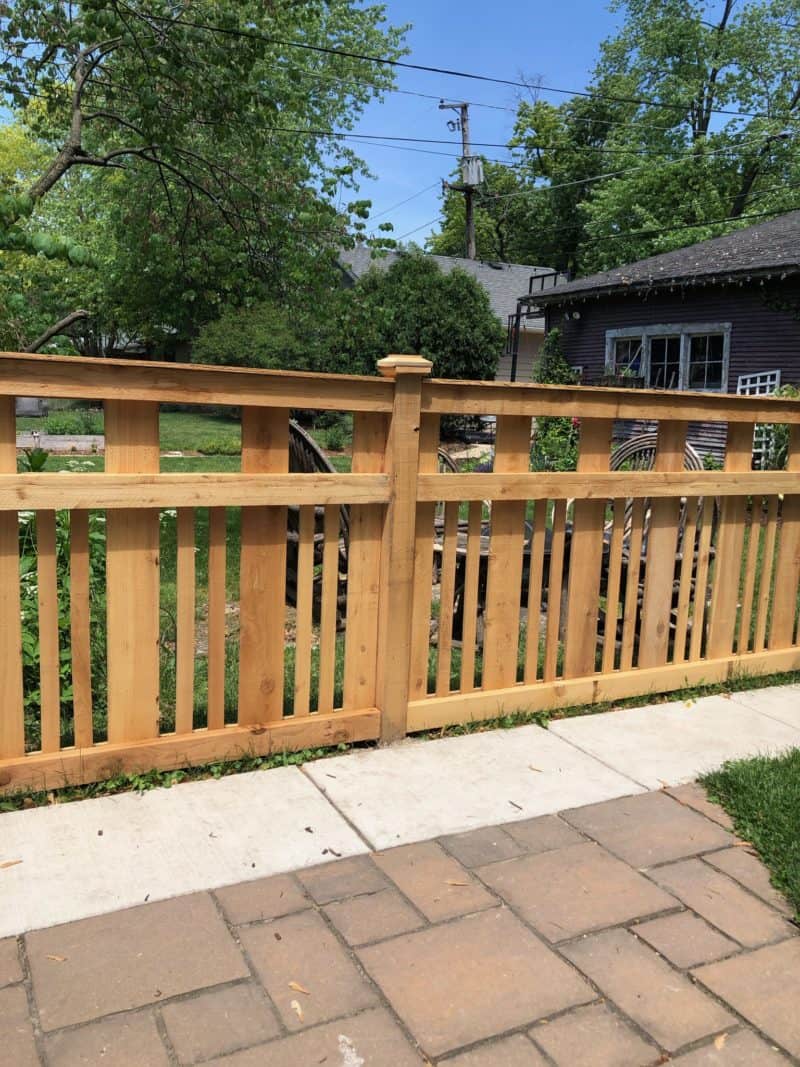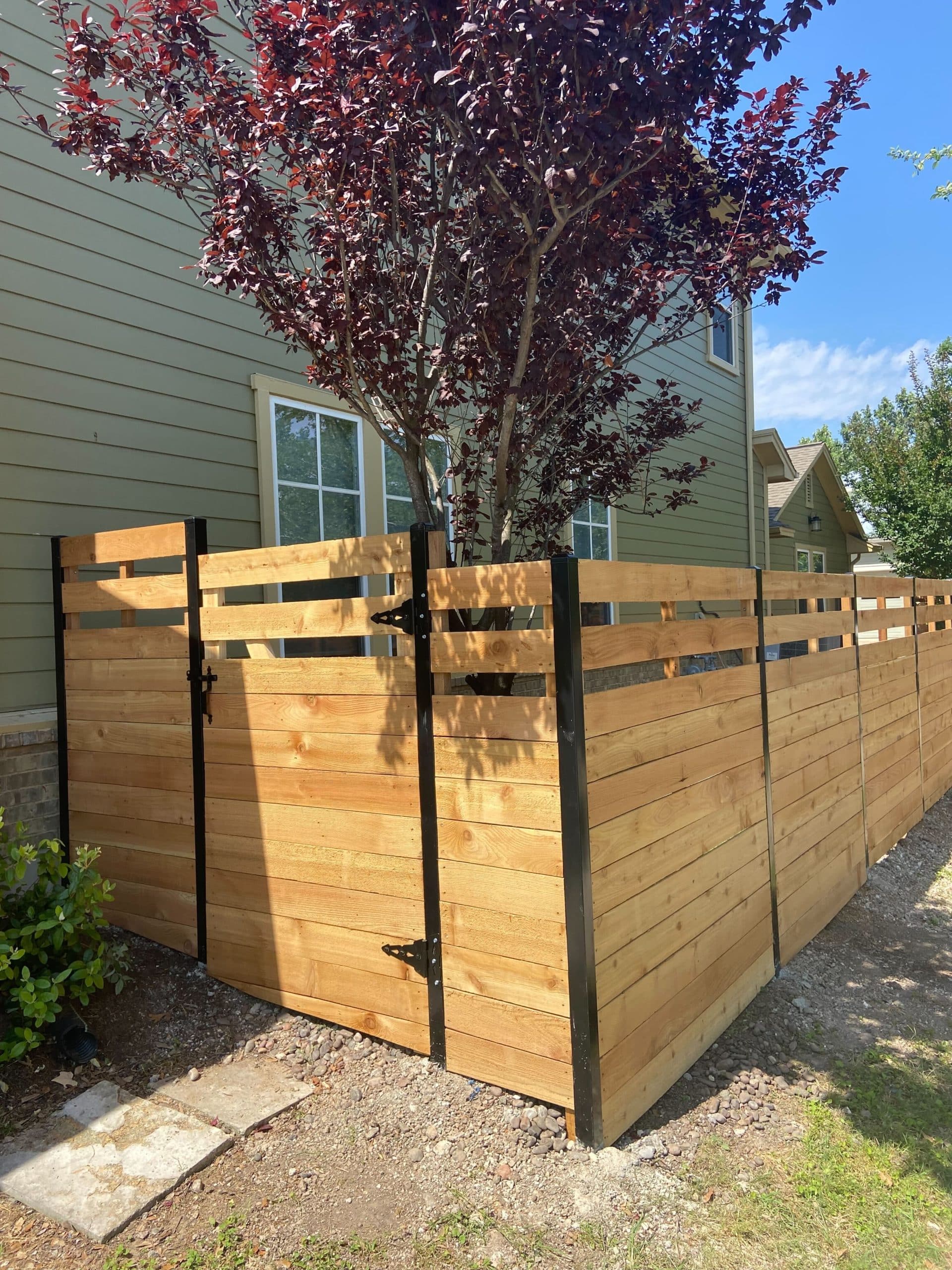All Categories
Featured

As sustainability becomes a top priority for property owners and businesses alike, the demand for eco-friendly products, consisting of secure fencing products, has actually risen. Conventional secure fencing alternatives such as steel, vinyl, and timber can have negative ecological impacts, but there are currently a number of eco-conscious options to consider. Picking environment-friendly secure fencing materials not only helps decrease your carbon footprint yet also adds to a more lasting and all-natural environment.
- Bamboo Fence. Bamboo is one of the most green secure fencing options available. Unlike traditional hardwoods, bamboo can be gathered in a couple of years and regrows swiftly, making it a lasting choice for fence.
Conveniences: Bamboo is fast-growing, light-weight, and lasting. It needs less chemicals and fertilizers contrasted to various other plants, making it a low-maintenance option. Considerations: While bamboo is long lasting, it might require routine maintenance to secure it from weathering and all-natural wear. It can likewise be at risk to fracturing in colder environments. 2. Recycled Materials. Fencings made from recycled products are becoming significantly prominent as an environment-friendly option. These fences are made from post-consumer plastic, reclaimed timber, and various other recycled materials, keeping waste out of land fills. Using recycled materials minimizes the need for new raw resources, minimizing environmental destruction.

Perks: These fences help reduce waste and save natural sources. They are likewise commonly low-maintenance and long-lasting. Considerations: While recycled fencings can be durable, the aesthetics may not constantly match traditional fencing alternatives. Lots of layouts are currently offered that simulate the look of timber or stone. 3. Compound Fence. Composite secure fencing is made from a mix of recycled wood fibers and plastic, using the appearance of wood without the environmental impact. Lots of composite fencings are made from recycled content, further enhancing their green status. These fences are durable, require very little upkeep, and do not require to be treated with unsafe chemicals like standard wood fencings.
Perks: Composite fencings are durable, immune to rot, and need little upkeep. They additionally supply a comparable visual to timber without deforestation concerns. Considerations: While they are low-maintenance, composite fencings may be a lot more expensive than traditional timber or plastic alternatives. The manufacturing procedure can additionally be energy-intensive. 4. Cedar and Redwood Fencing. Cedar and redwood are all-natural timber materials that are typically considered much more eco-friendly compared to various other hardwoods. These kinds of wood are naturally immune to degeneration, bugs, and dampness, which lowers the need for chemical therapies. Furthermore, these trees are expanded in sustainable forests, ensuring that they are harvested properly.
Advantages: Cedar and redwood are both sturdy and naturally attractive materials. They supply all-natural resistance to pests and rot, which helps in reducing the need for chemical treatments. Considerations: These woods can be more pricey than other options. They likewise need periodic upkeep, such as tarnishing or securing, to ensure long life. 5. Living Fences (Hedges and Hedges) Living fencings, made from bushes, trees, or bushes, are an environment-friendly option that likewise offers all-natural personal privacy and visual appeal. Plants such as privet, boxwood, bamboo, and arborvitae are frequently made use of for developing dense, green fencings. These living barriers aid with sound decrease, enhance air high quality, and give habitat for local wild animals.
Perks: Living fences advertise biodiversity, improve air high quality, and enhance the aesthetic allure of your residential property. They likewise soak up co2 and contribute to a greener atmosphere. Factors to consider: Living fencings require upkeep, such as pruning and watering, to ensure they expand appropriately. They may not give the very same degree of protection as standard fence materials. 6. Rock and Reclaimed Block Fencing. Stone and recovered block fences are an additional environment-friendly option. These materials are resilient, call for marginal upkeep, and have a lengthy life expectancy. When reclaimed from old buildings or structures, they help in reducing the demand for brand-new products and stop waste from going into garbage dumps.
Perks: Rock and block are sturdy, weather-resistant, and supply an ageless, traditional visual. Redeemed products likewise have a very little environmental impact. Factors to consider: The installation of stone and block fencings can be labor-intensive, and the materials might be much more expensive than various other options. The lasting sturdiness and low maintenance prices can make them a beneficial investment. Verdict. Choosing an environment-friendly fencing material is a wise means to reduce your ecological effect while enhancing your property's privacy and visual allure. Bamboo, recycled materials, composite secure fencing, and living fences all supply lasting alternatives that decrease waste, preserve resources, and advertise a greener lifestyle.
By selecting one of these environmentally friendly secure fencing choices, you add to the security of the setting while creating a stunning, practical exterior space. The appropriate product will certainly depend on your choices, environment, and the degree of upkeep you agree to supply, but felt confident that there are many eco-conscious choices that align with your sustainable lifestyle.
Latest Posts
Experience WyHy FCU – Top Benefits for Your Future
Published May 26, 25
1 min read
Experience Your Financial Partner at WyHy – Essential Perks for Your Financial Success
Published May 26, 25
1 min read
Uncover the Leading Auto Repair Coupons in Montclare, Chicago
Published May 24, 25
1 min read
More
Latest Posts
Experience WyHy FCU – Top Benefits for Your Future
Published May 26, 25
1 min read
Experience Your Financial Partner at WyHy – Essential Perks for Your Financial Success
Published May 26, 25
1 min read
Uncover the Leading Auto Repair Coupons in Montclare, Chicago
Published May 24, 25
1 min read